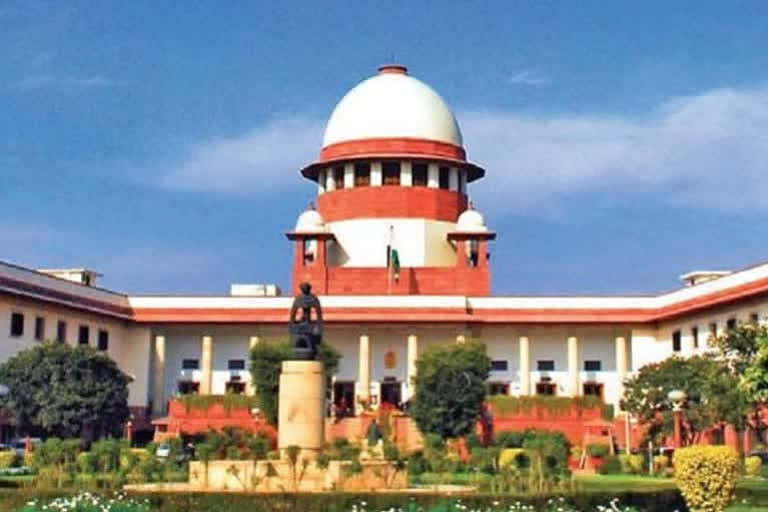Hyderabad:In India, there are 15000 courts housed in 2500 complexes, and it was in 1990 that they were equipped with technology. Until 2003 or 2006, not many changes had been achieved though there has been speculation and scepticism over the use of technology. However, Section 65A and 65B of the Indian Evidence Act, 1872, allowed for a special provision of an electronic record. This also enabled video conferencing to be allowed in courts.
Also read:Demonetised currency notes worth Rs 4.8 cr seized in Tamil Nadu
During the coronavirus induced lockdown, even courts were badly affected. As justice cannot be delayed in a constitutional democracy, the Supreme Court rose to the occasion. It heard over 15,000 matters via video conferencing since March 23, 2020, when a lockdown was announced in the wake of the pandemic.
What's the way ahead?
Virtual hearings put forward in the Supreme Court face technical issues with judges having expressed their unhappiness over various apps. To sort out this issue, the NIC and Union Law Ministry is working out modalities of virtual hearings. This has led to a situation wherein a need for a common platform to connect all courts with litigants is much awaited.
A few months earlier, Attorney General KK Venugopal had requested the court to start the live proceedings of court hearings. On the other hand, when courts were held virtually, around 40% of jails in the nation lacked video conferencing facilities. According to the report by TATA Trusts, only 60% of the jails had video conferencing facilities.
Also read:Tejashwi hits out at Nitish govt over 'poor health infrastructure'
India's Supreme Court directed in April 2020 that court proceedings be conducted via video-conferencing to minimise physical appearances and enable social distancing. However, India's justice systems were not fully equipped to deal with the emergency, the India Justice Report, 2020 finds. In its second edition, IJR 2020, two new indicators on the incorporation of technology- video-conferencing facilities in jails and accessibility of state online citizen portals, were prompted.
IJR 2020 had analysed 25 states and UTs' progress on 53 indicators, which include - budget allocations and utilisation; infrastructure and human resources; workload including case pendency; and diversity in the police, judiciary, prison and legal aid systems. Data for the remaining states and UTs were also provided, but not included in the rankings. Among the 18 larger states, Maharashtra was adjudged the best and UP as the worst in delivering justice.
